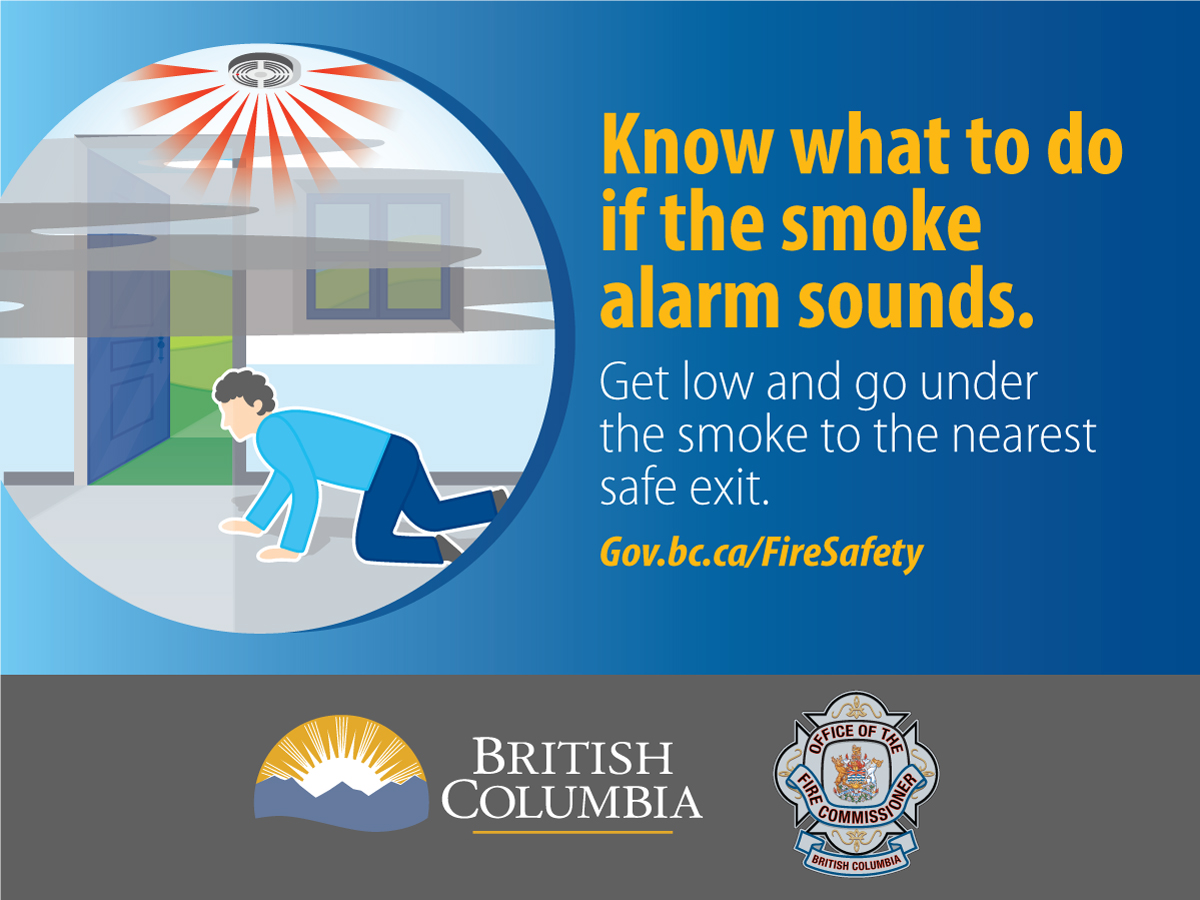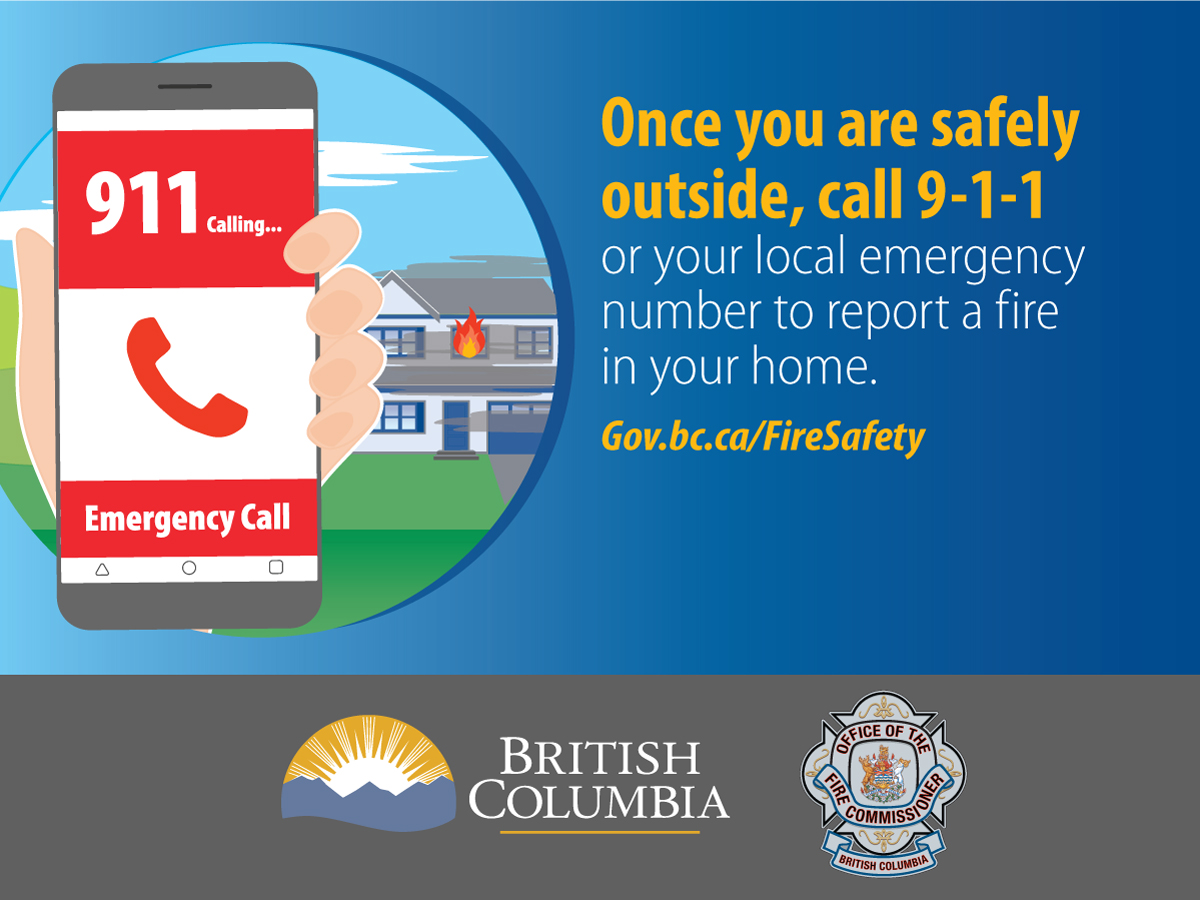
Plan Ahead!
- If there is a fire in your home, you could have less than 2 minutes to get out safely once the smoke alarm sounds
- Make a fire escape plan. Draw a map of each level of your home showing all doors and windows. Discuss the map with everyone who lives with you
- Plan two ways out of every room. Choose an outside meeting place in front of your home
- Have an outside meeting place(like a tree, light pole or mailbox) a safe distance from the home where everyone should meet.
- Make a fire escape plan around your abilities. If you need to use a wheelchair or a cane, make sure you can get to it easily and get out quickly. If you wear hearing aids or eyeglasses, put them next to your bed while you are sleeping
- Make sure all doors and windows open easily
- Practice your fire escape plan by having a home fire drill at least twice a year with everyone in the home
- If there is a fire in your home, get out and stay out. Never go back inside for people, pets or things
- A closed door may slow the spread of smoke, heat, and fire. Install smoke alarms inside every sleeping room and outside each separate sleeping area. Install alarms on every level of the home. Smoke alarms should be interconnected. When one smoke alarm sounds, they all sound.
- According to an NFPA survey, only one of every three households have actually developed and practiced a home fire escape plan. While 71% have an escape plan in case of a fire, only 47% of those have practiced it.
- One-third of households who made an estimate thought they would have at least 6 minutes before a fire in their home would become life-threatening. The time available is often less. And only 8% said their first thought on hearing a smoke alarm would be to get out!


For More information, please visit:
